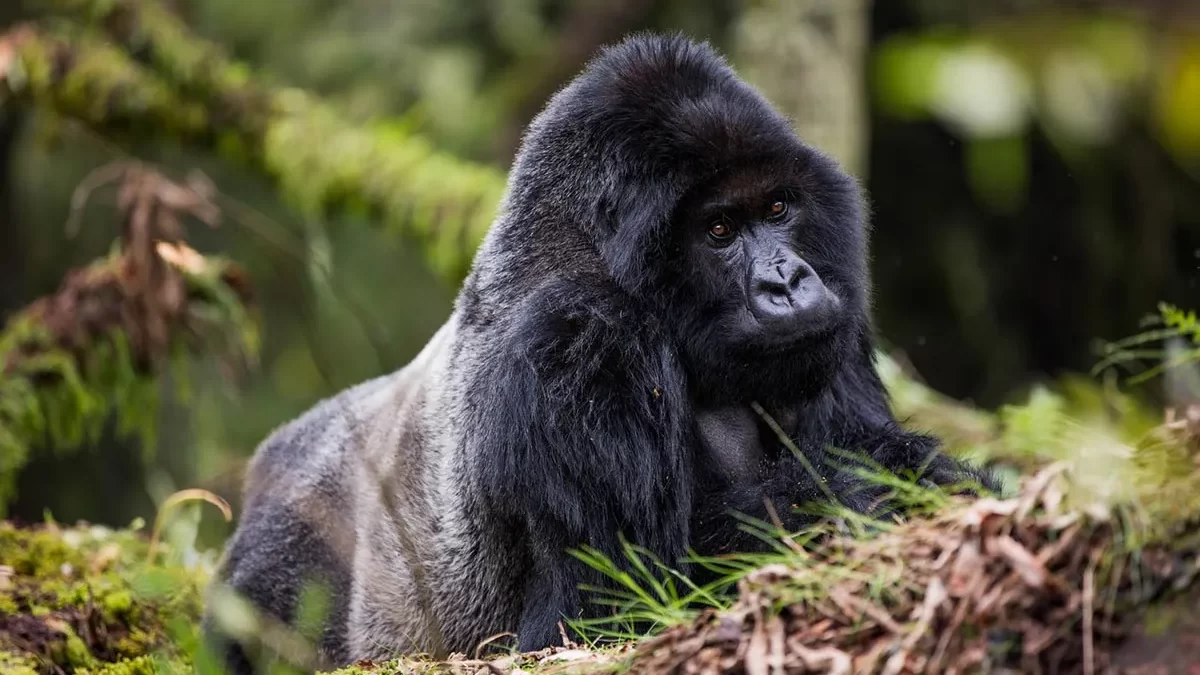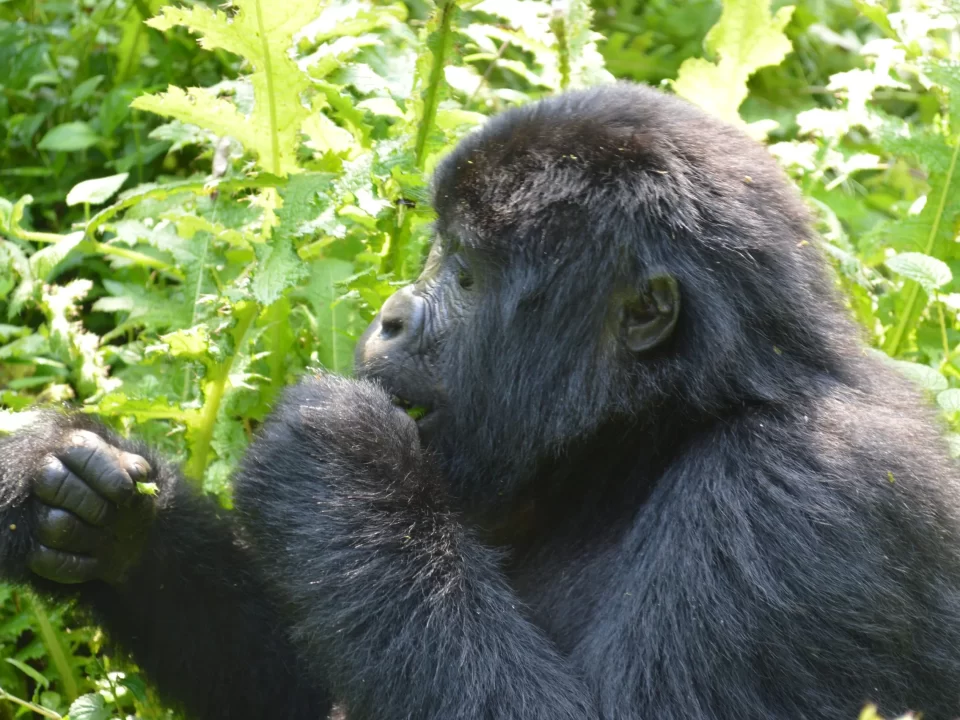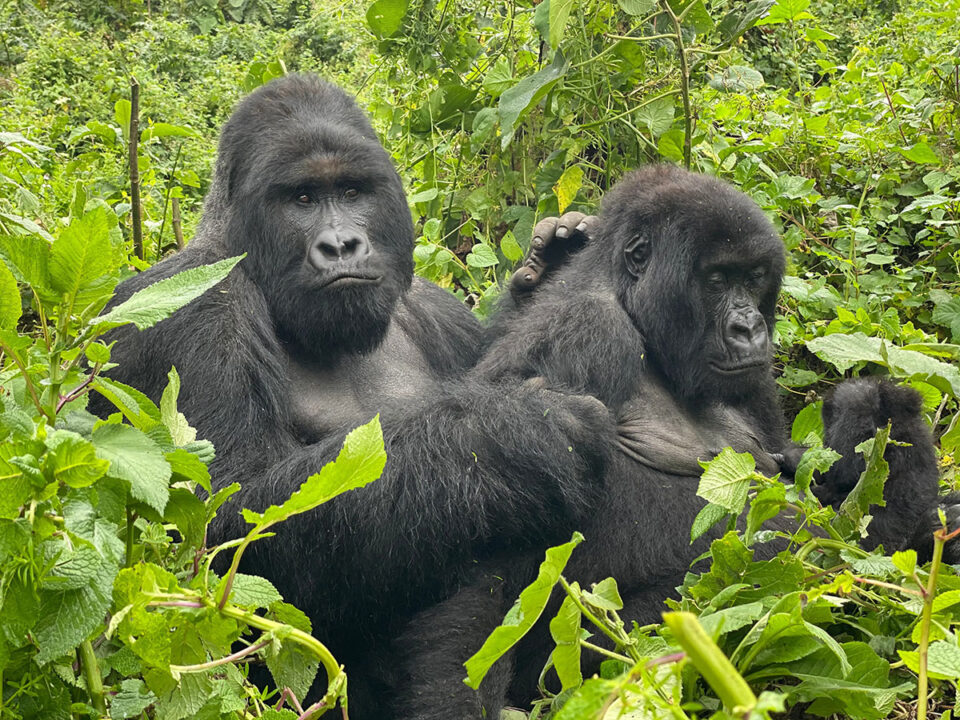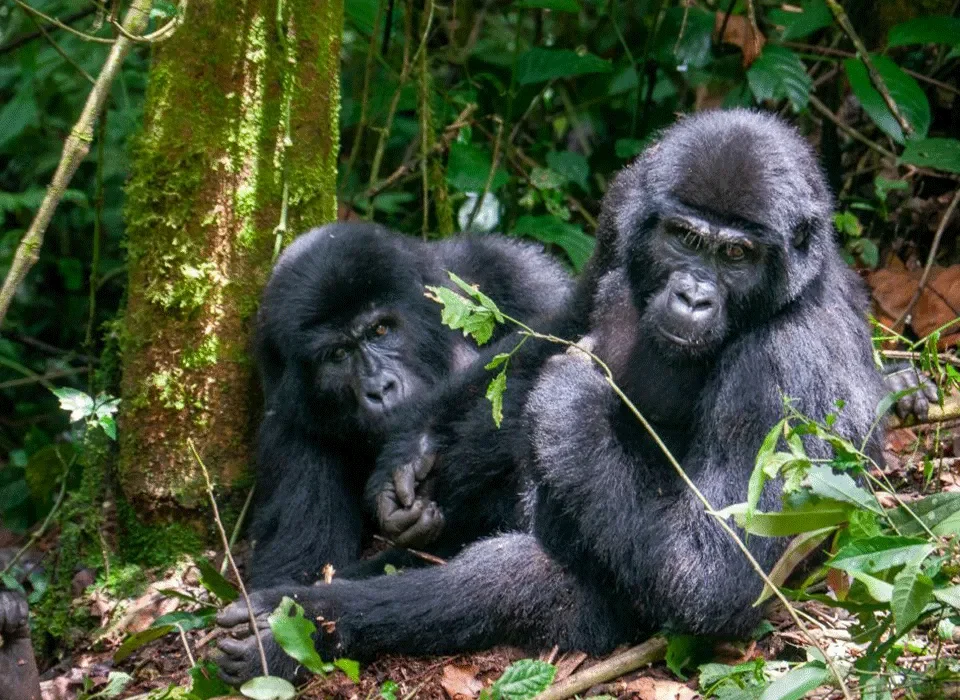Gorilla Trekking Altitude and Acclimatization

Gorilla Tracking Safety in Uganda-Rwanda
February 6, 2024
Uganda Gorilla Permits Cheaper than Rwanda Permits
February 6, 2024A Comprehensive Insight on Gorilla Trekking Altitude and Acclimatization Challenges
Embarking on the awe-inspiring adventure of gorilla trekking in Uganda and Rwanda prompts many travelers to explore various facets of the experience, including the critical aspects of altitude and acclimatization. While forums like TripAdvisor and Lonely Planet often discuss the ease of Gorilla trekking, the crucial topic of Gorilla trekking altitude and acclimatization remains less explored. This guide aims to shed light on these considerations and address the questions that linger in the minds of prospective tourists.
1. Altitude Dynamics in Gorilla Habitats:
The mountain Gorillas, sought after by tourists in Uganda, Rwanda, and Congo, inhabit regions with varying altitudes. Specifically, in Bwindi Impenetrable National Park, these majestic creatures reside at elevations ranging from 2000 to 3000 meters. The high altitude poses a challenge during the trek, making it essential for visitors to assess their fitness level and age suitability.
2. Minimum Age and Fitness Requirements:
Considering the demanding terrain and potential challenges, there is a minimum age requirement for Gorilla trekking. However, individuals above the age of 65 can partake in the experience if they meet specific fitness criteria. Prior training is strongly advised to familiarize oneself with strenuous conditions, and those over 65 are recommended to hire additional porters for support during the hike.
3. Phases of Gorilla Trekking:
Gorilla trekking is often described as occurring in distinct phases. The initial phase involves the trek from the starting point into the jungle, followed by a more challenging second phase leading up to the encounter with the Gorillas. The unpredictable terrain, which may be slippery due to the tropical rainforest conditions, adds an element of adventure to the overall experience.
4. Weather Challenges and Prior Exercise:
Bwindi Impenetrable National Park, being a tropical rainforest, can experience rainfall at any time of the day. This unpredictability can make Gorilla trekking challenging. Prior exercise is emphasized to enhance preparedness for the physical demands of the trek. Visitors are encouraged to recognize the importance of conditioning themselves before embarking on this unique adventure.
5. Acclimatization Strategies:
While some clients may assume that spending a night in cities like Kampala, Entebbe, or Kigali helps with acclimatization, the most effective solution lies in prior exercise. Acclimatizing to the higher elevation requires physical readiness, and engaging in exercises before the actual Gorilla trek proves invaluable.
6. Porter Assistance for Acclimatization:
For those who may feel less physically fit, hiring a porter becomes a practical solution. Porters, available at a nominal fee of $15-$20, can assist in carrying backpacks and provide a helping hand during the trek, ensuring a more comfortable experience.
In conclusion, to conquer Gorilla trekking altitude and acclimatization challenges, proactive measures such as prior training, fitness assessment, and porter assistance play pivotal roles. Trek Africa Expeditions, with its expertise in organizing gorilla trekking safaris to Bwindi Impenetrable National Park in Uganda and Volcanoes National Park in Rwanda, stands ready to guide you through this unparalleled adventure.




